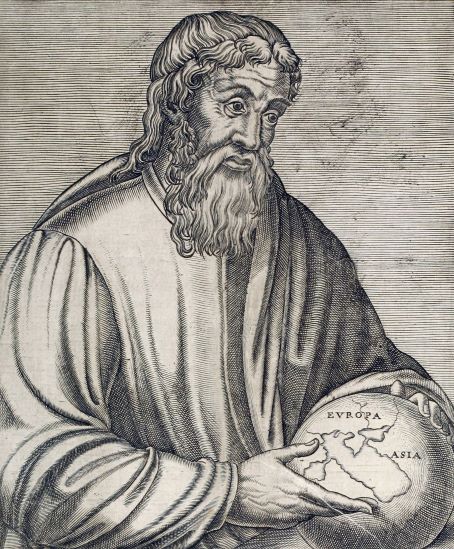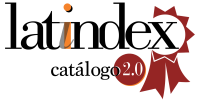The Utilization of YouTube plataforma as a methodological didactic tool in Geography teaching
DOI:
https://doi.org/10.53455/re.v4i.164Keywords:
Geography Teaching, Teaching Methodologies, YouTube, Teaching learningAbstract
Context: The main objective of this article is to approach the use of YouTube as a didactic and methodological tool in teaching Geography, emphasizing its challenges and possibilities. Due to the gradual increase in the use of YouTube as a source of information and entertainment over the past years, and the constant need to use diverse methodologies in the classroom to aid in the teaching-learning process, the possibility of using this platform as a didactic and methodological tool in teaching Geography was seen. However, its use requires preparation from the teacher to avoid this tool harming the teaching and learning process in the classrooms. Methodology: The research was carried out through the reading and analysis of articles and books, aiming to obtain a discussion based on works from authors who are references in the areas of teaching Geography and the use of Information and Communication Technologies (ICTs) in education. Considerations: The use of YouTube as a didactic and methodological tool in teaching Geography presents challenges and possibilities. It is important for teachers to be prepared to use this platform properly, avoiding harming the teaching and learning process in the classrooms. The adoption of diversified methodologies and awareness of the educational potential of YouTube can contribute to a more dynamic and engaging teaching, promoting a better understanding of the content by the students.
Downloads
References
Abdalla-Santos, S. (2014). O potencial da tecnologia audiovisual aplicada ao ensino de geografia. Revista Brasileira de Educação em Geografia, 4(7), 57-69.
Brasil. (1998). Parâmetros curriculares nacionais: geografia/secretaria de educação fundamental. Brasília: mec/sef.
Castellar, S. M. V; M. J. V. (2016). Metodologias ativas: introdução. São paulo: ftd.
Cavalcanti, L. S. (2008). A geografia escolar e a cidade: ensaios sobre o ensino de geografia para a vida urbana. Campinas: papirus.
Cavalcanti, L. S. (2019). Pensar pela geografia: ensino e relevância social. Goiânia. C&a alfa comunicação.
IBGE EDUCA. Uso de Internet, Televisão e Celular no Brasil. (2022, March 31). Retrieved from: https://educa.ibge.gov.br/jovens/materias-especiais/20787-uso-de-internet-televisao-e-celular-no-brasil.html.
Labre, j. (2015). A linguagem audiovisual em sala de aula como possibilidade interdisciplinar para o ensino de geografia. Khóra: revista transdisciplinar, 2(3).
Lévy, P. (1999). Cibercultura. São paulo: editora 34, 1999.
Libâneo, J, C. (2006). Didática. São paulo: cortez editora.
Nérici, I. G. (1983). Didática: uma introdução. São paulo: atlas.
Neves, B. P., & Muniz, A. M. (2018). As tecnologias da informação e comunicação (tics) e a geografia: aplicações no ensino da geografia humana. V conedu, 1-5.
Oliveira, V. H. N.; Holgado, F. L. (2016). Conhecendo novos sons, novos espaços: a música como elemento didático para as aulas de geografia. P. 84 – 103. In: Dozena, Alessandro. Geografia e música: Diálogos.
Pacievitch, T. Tecnologia da informação e comunicação. (2019, February 21). Infoescola. Retrieved from: https://tinyurl.Com/yx8p46vb.
Piletti, C. (1989). Didática geral. 10º ed. São paulo: ática.
Ponte, j. P. D. (2002). As tic no início da escolaridade: perspectivas para a formação inicial de professores. A formação para a integração das tic na educação pré-escolar e no 1. º ciclo do ensino básico, 19-26.
Porto, t. M. E. (2006). As tecnologias de comunicação e informação na escola; relações possíveis... Relações construídas. Revista brasileira de educação, 11(31), 43-57. DOI: https://doi.org/10.1590/S1413-24782006000100005
Santos, M. A natureza do espaço: técnica e tempo, razão e emoção. (2002). Edusp.
Stürmer, a. B. (2011). As tic’s nas escolas e os desafios no ensino de geografia na educação básica. Geosaberes: revista de estudos geoeducacionais, 2(4), 3-12.
Downloads
Published
How to Cite
Issue
Section
License
Copyright (c) 2023 Julio Cesar Soares de Souza Filho, Maria José Costa Fernandes

This work is licensed under a Creative Commons Attribution 4.0 International License.
The magazine follows the Creative Commons (CC BY) standard, which allows the remix, adaptation and creation of works derived from the original, even for commercial purposes. New works must mention the author(s) in the credits.














